Summer is here, and suddenly the Avion has turned into an oven. The interior is ten degrees higher than outside. While we originally insulated the camper to keep it warm, now we are reassessing the rig to keep it cool. For this, we have invested in a thermal camera. While the resolution is much lower than the light-based cameras that I am used to, what it reveals is invaluable. In these images, the lighter the color, the hotter the surface. Looking at the bright sections of the pictures highlights our hot spots: the windows, uninsulated aluminum, the fan, and everything in the direct sun.
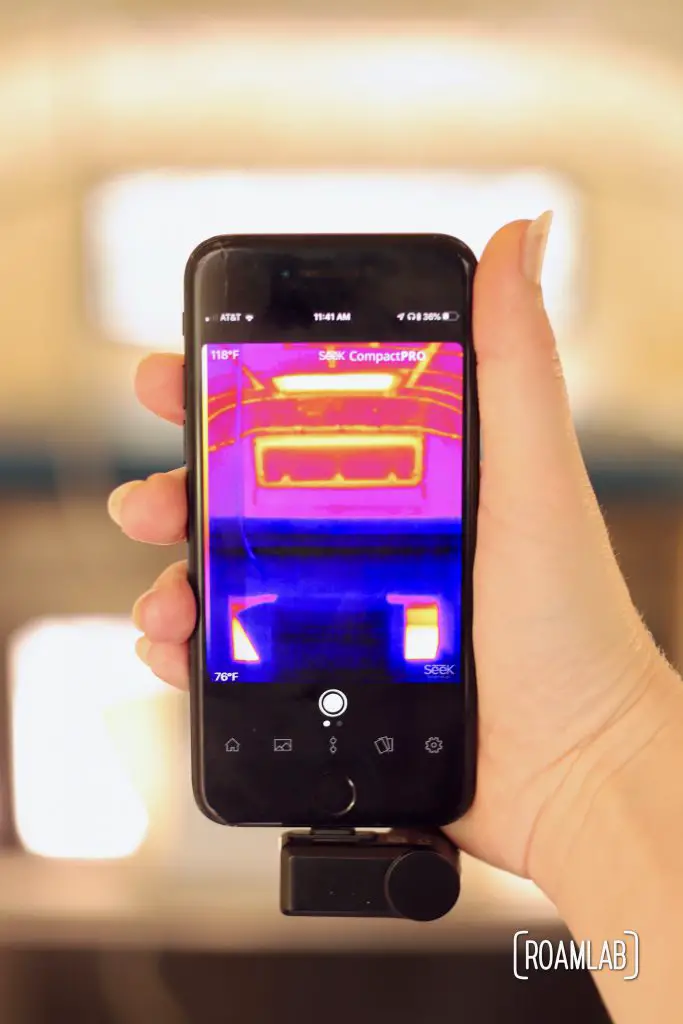
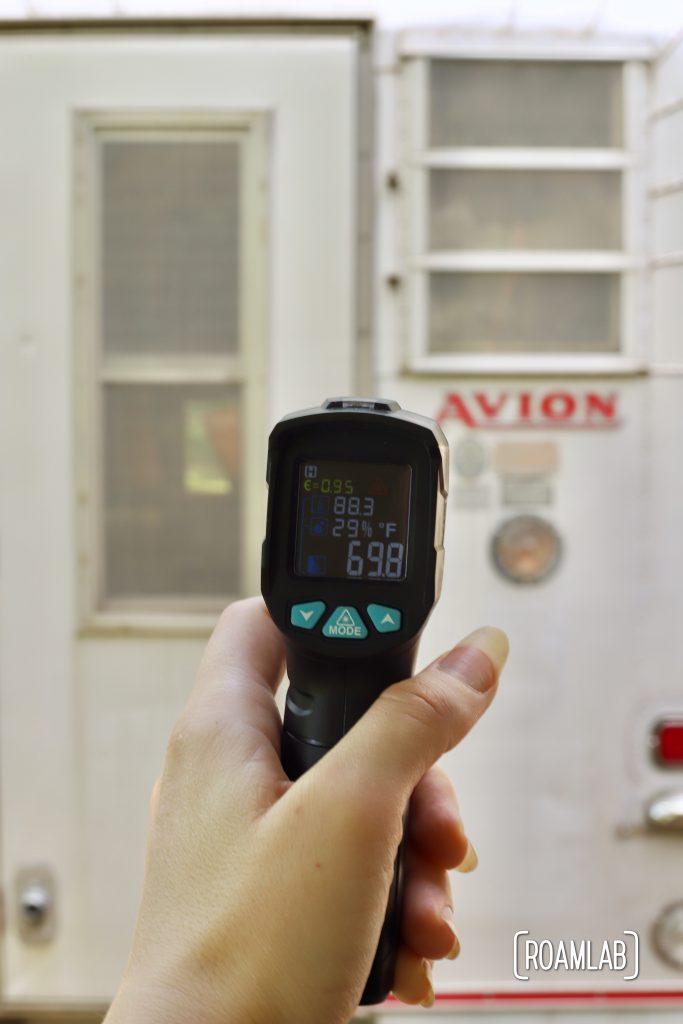
Windows
The windows are the most glaring points of heat loss. The bright white triangle in the lower right-hand corner of the picture below is one of our new side windows. As noted in our writeup, when installing the windows, we are disappointed that our new windows are single pained. So it is little surprise to discover that these single pained windows allow a lot of heat in the camper, reaching 135.3°F in this picture.
What is a surprise, however, is the bright white section in the center of the picture. That is our roof hatch. The hatch is double pained plexiglass. So we assume that is would be significantly more efficient than the side windows. The roof hatch temperature reads 131.1°F, which is slightly lower than the side window, and the hatch is in more direct sunlight than the side windows when we take this picture. Either way: windows let in more than just a view.
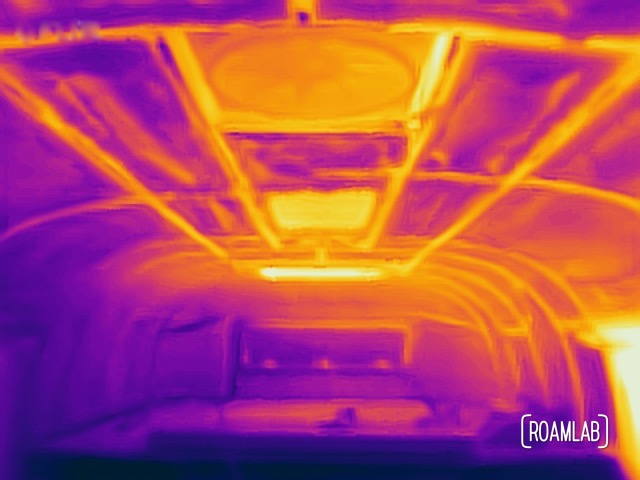
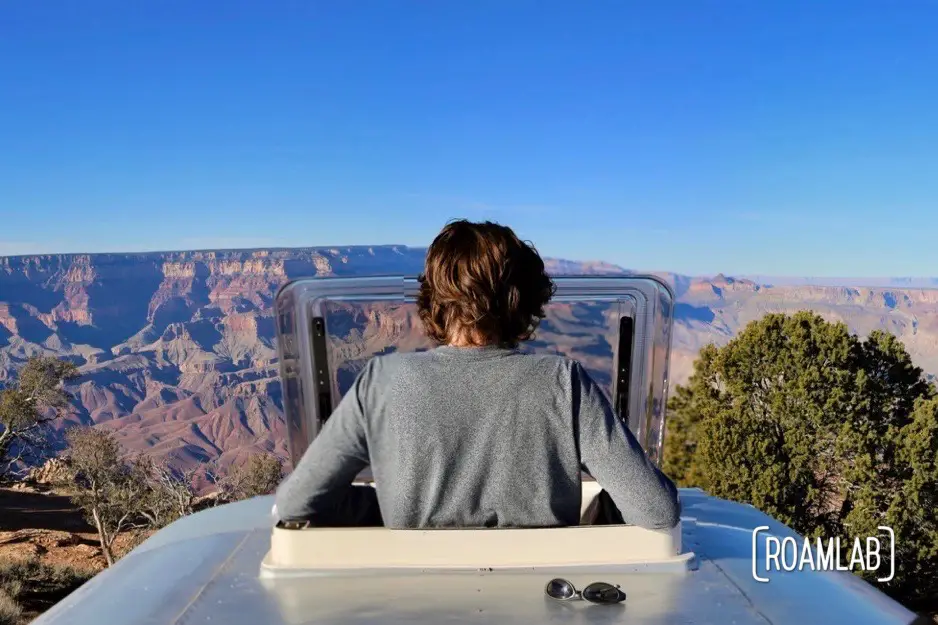
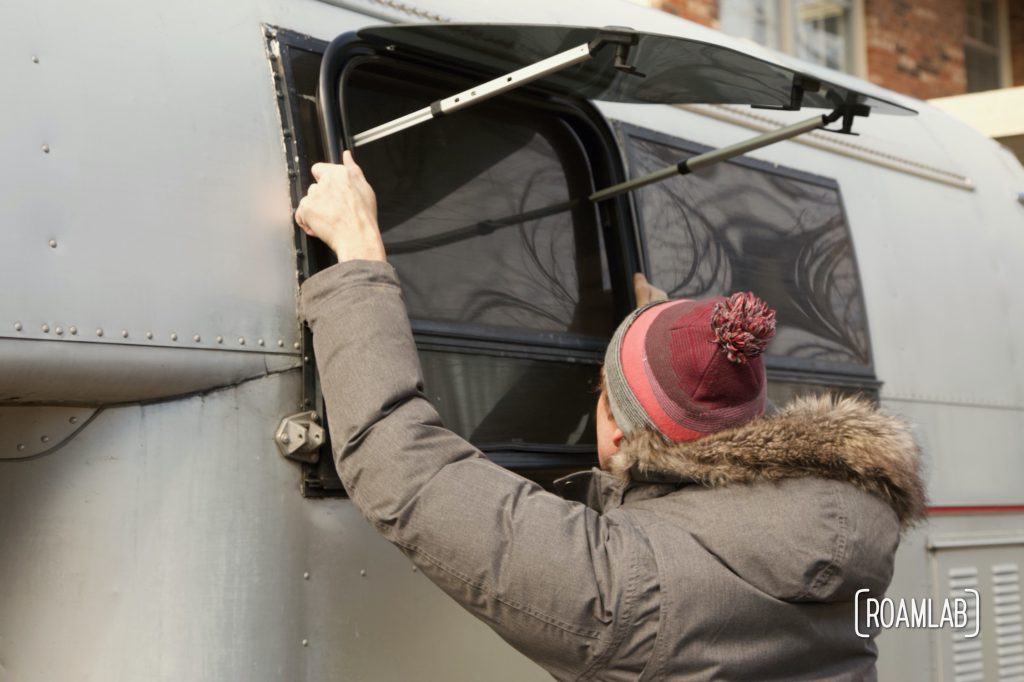
Uninsulated Aluminum
It may come as little surprise, but aluminum is an incredibly efficient heat conductor. That conductivity is one reason aluminum is an increasingly popular material for bus bars. While we love the aesthetics and durability of aluminum in our rig, the conductivity is thoroughly unwanted. To compensate, why we insulated our camper last winter with closed cell spray foam. But we didn’t cover all of the aluminum, and those exceptions are highly telling. The bright golden square in the middle of the picture, above the window hatch, is an uninsulated section of aluminum. We are planning to install a skylight here, so we didn’t bother to insulate an area we would be cutting away. The center reads 119.4°F compared to an adjacent insulated wall that measures 109.2°F.
Along these same lines, we have the grid of golden lines that wrap around the contours of the camper. These are the aluminum frame. Not only do these thick pieces of extruded aluminum reinforce the body of the rig, but they act as a thermal bridge, transferring heat from the outside aluminum into the camper’s interior. Funnily enough, back when we reinforced the roof, we inadvertently exacerbated the thermal bridging by replacing a lot of sheet aluminum spacers with structural extruded aluminum. We have plans in the works to interrupt these thermal bridges. But in the meantime, this is a valuable reminder of the importance of complete insulation.

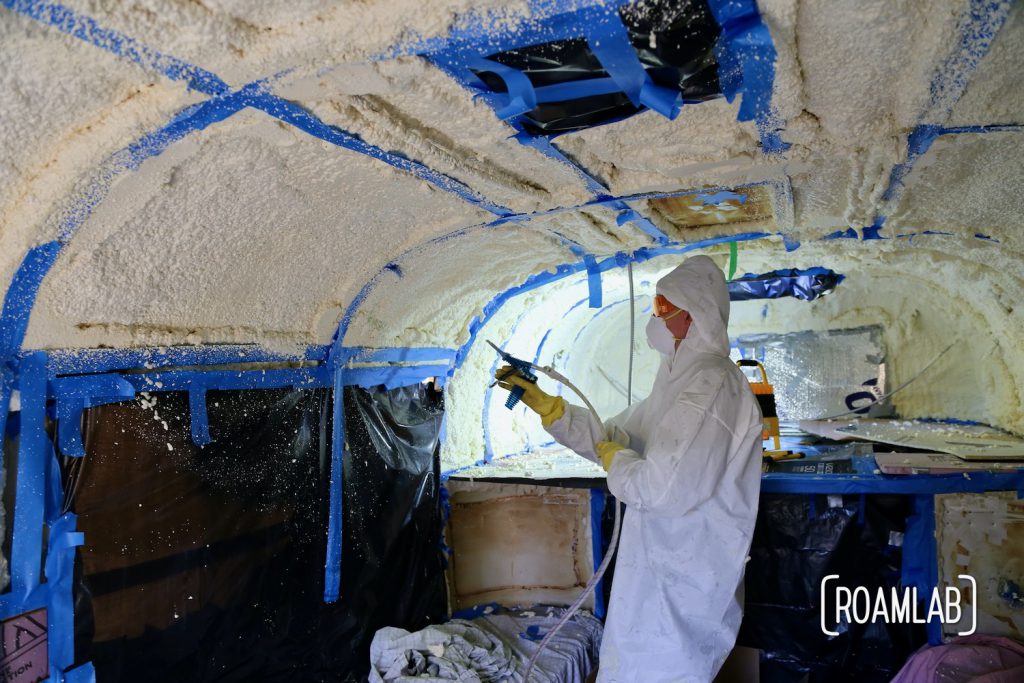
The Fan
This one is a surprise. I hadn’t thought much about our fan since we installed it years ago. But our thermal photography quickly highlights the fan as a significant point of heat. It’s worth noting that the fan we chose is white. While these models also come in black, we chose the color that should gain the least heat. All the same, the fan is 113.5°F. This temperature is not that surprising: there is only a thin piece of plastic between us and the outside. What to do about that, though, is another matter. Perhaps there is some insulation that we could add that won’t harm the efficiency of that fan?

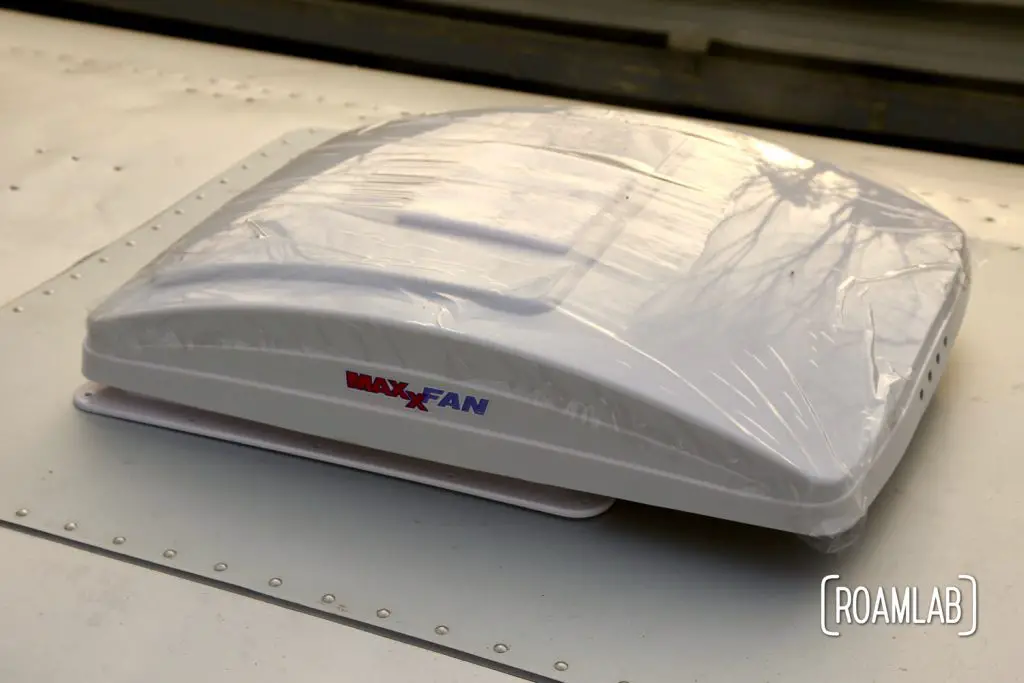
Direct Sun
It’s worth also noting how much a difference direct vs. indirect sun makes. We can distinctly feel the difference between the side of the camper exposed to direct sun versus the side of the rig that is out of the sun. The reading on our thermal photographs demonstrates the difference even more succinctly.
Of course, one could ask, “what of it?” After all, we are parked where we are parked. With solar panels on the roof, it’s not as if we can reasonably adopt the approach of camping in the shade. But this is a demonstration of the double value of awnings over the window. Not only can awnings make shady places to relax outside, but they can help keep the interior cool. We already installed a modular rail to support an awning on each side of the camper. Now we have extra incentive to pick out an awning and start using it.
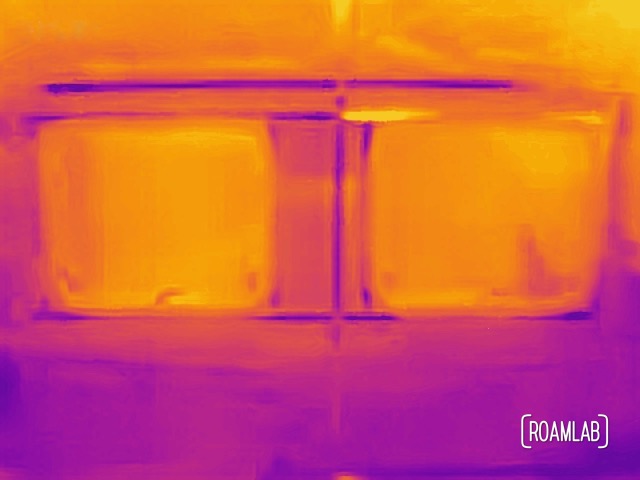

Overall
We have our work cut out for us. While a lot of what we see is relatively intuitive, it reinforces our considerations around insulation. Be it summer or winter; extreme temperatures highlight the value of a well-insulated camper. And, honestly, it has us questioning adding any more skylights. We love that natural light, but a few extra LED light bulbs require a lot less energy than an air conditioning unit.
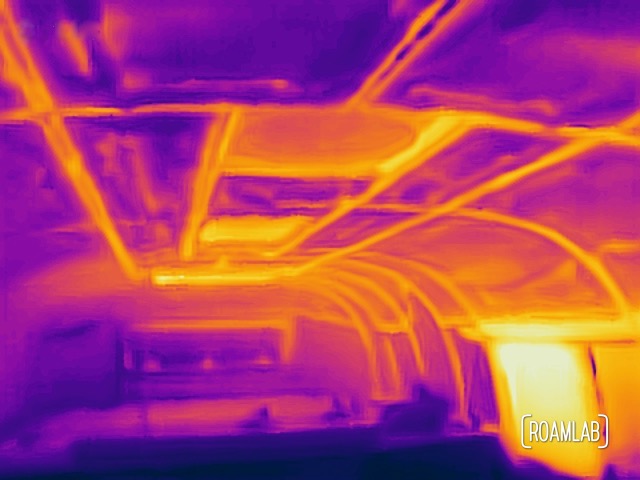


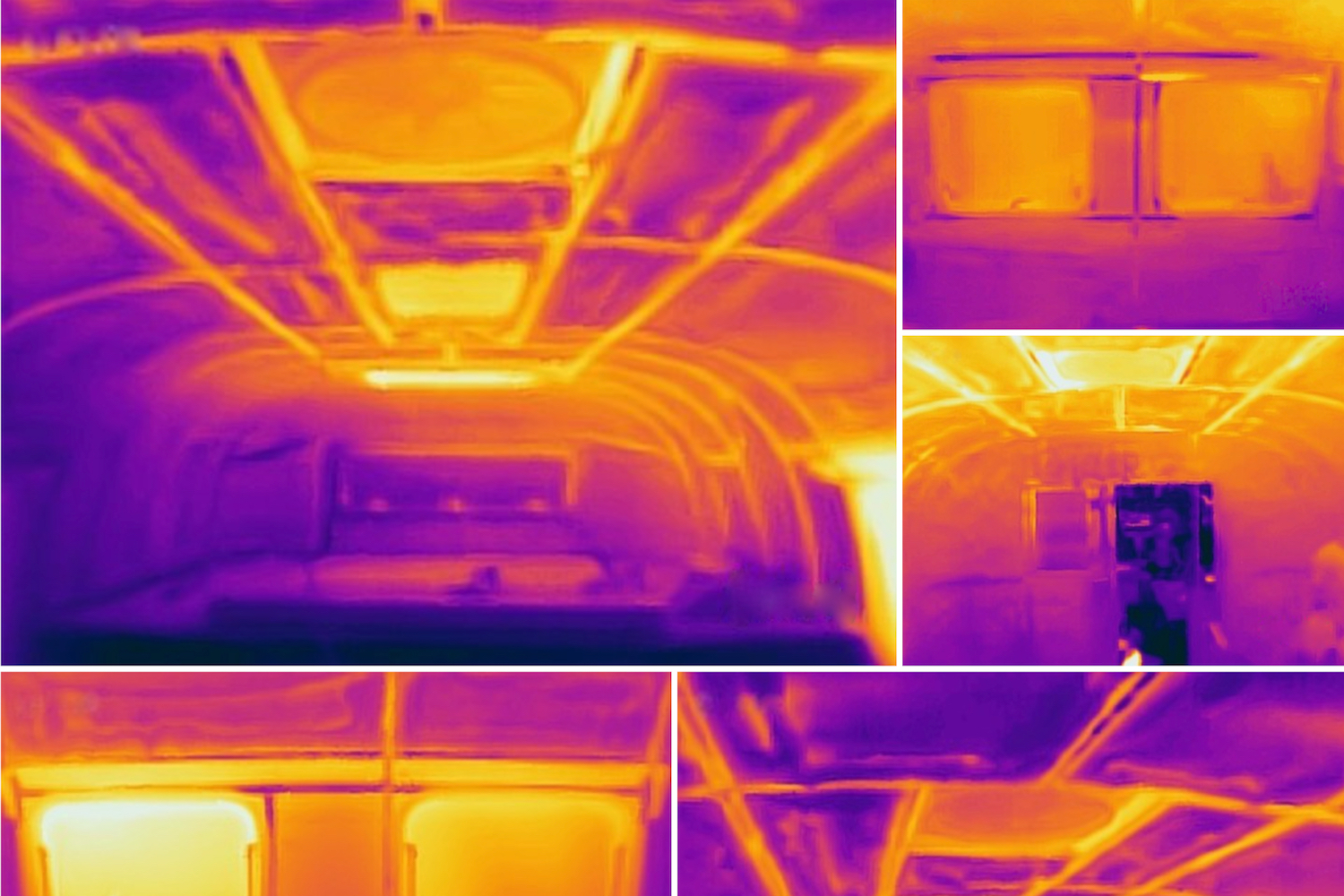
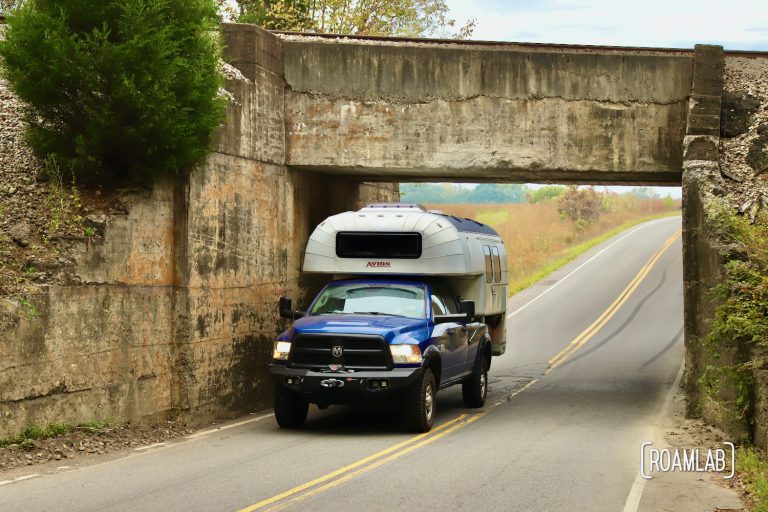
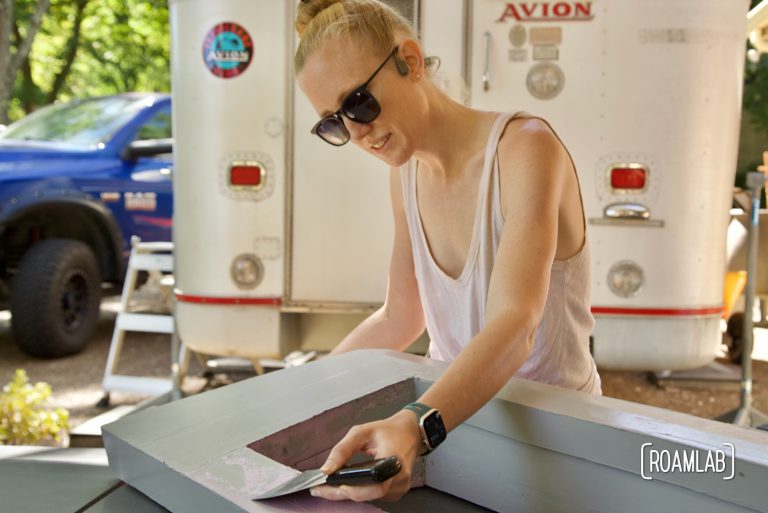
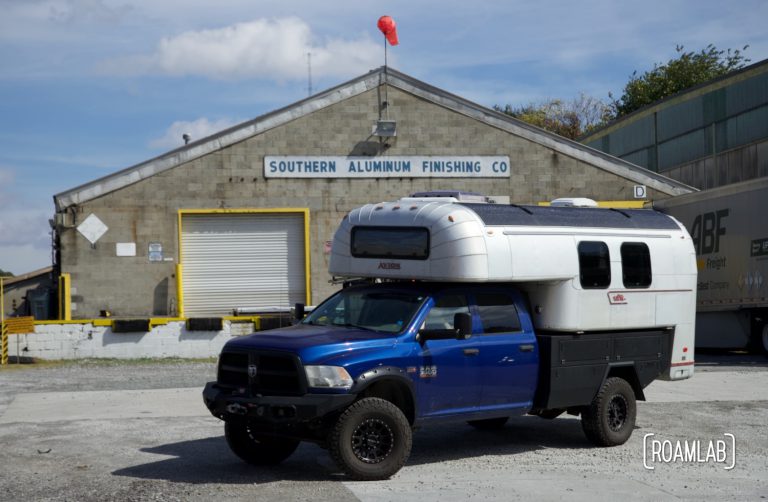
Lexi, may have mentioned our previous camper was an Avion, still have it and it’s available if anyone is interested in a project similar to yours. What we moved on to was a complete frame up build you can see by searching [dodge ram gothic cabover]. So to compare the two campers I know what you are talking bout with the heat build up, especially as our old Avion is missing much of the insulation, but I also don’t believe this is the entire story. Previous campers we have had were equally hot in the sun while the new one I built is nearly the same temperature inside as outside parked in the sun when the roof windows are open. Notice the walls are black too, while the roof is white. What you can’t see in the photo is the pop up trolley top section has rows of operating windows both sides. There are also two automotive style large skylights that open as well as windows that open on both sides. Closed up it will heat up, but it seems the windows on the pop up section do a terrific job of ventilating compared to the usual windows and the roof hatches on truck campers. New camper also stays cool in full sun even in no breeze conditions, so I think it’s likely a natural air flow set up doing the work. Camper also sits fully on the 8′ bed compared to the Avion that hung over by 3′ and yet the new design feels bigger by eliminating the bathroom and closet. The upper windows also feel make it feel bigger and less cave like. Time to add a trolley top to your roof so you have enough projects?
That’s fascinating, Bruce!
You can never have enough projects 😉
What material are the roof windows made of? Do you still have a toilet or are all bathroom related activities done elsewhere?